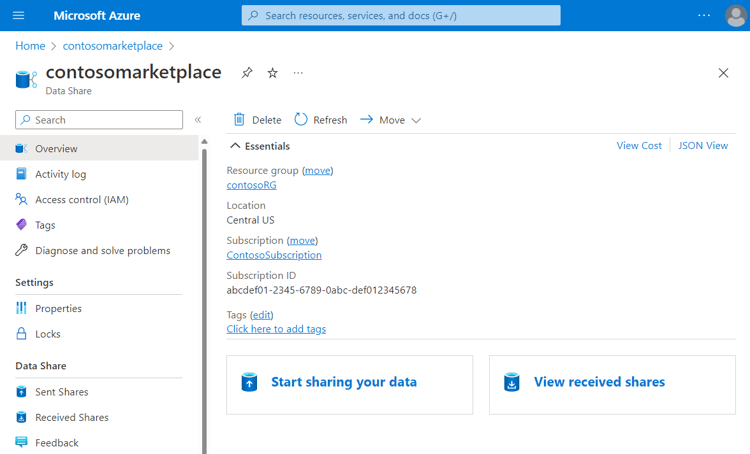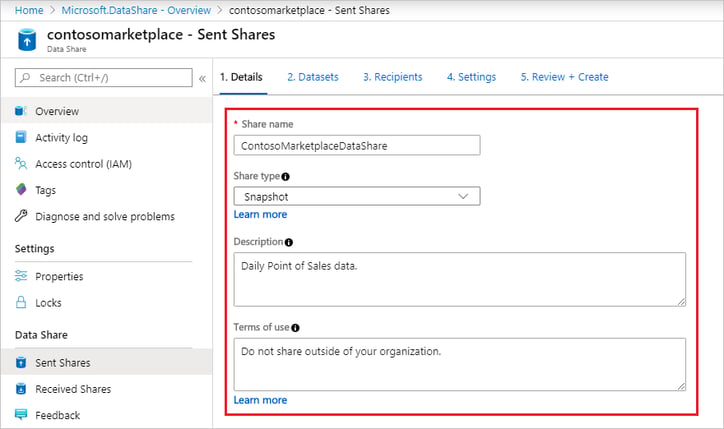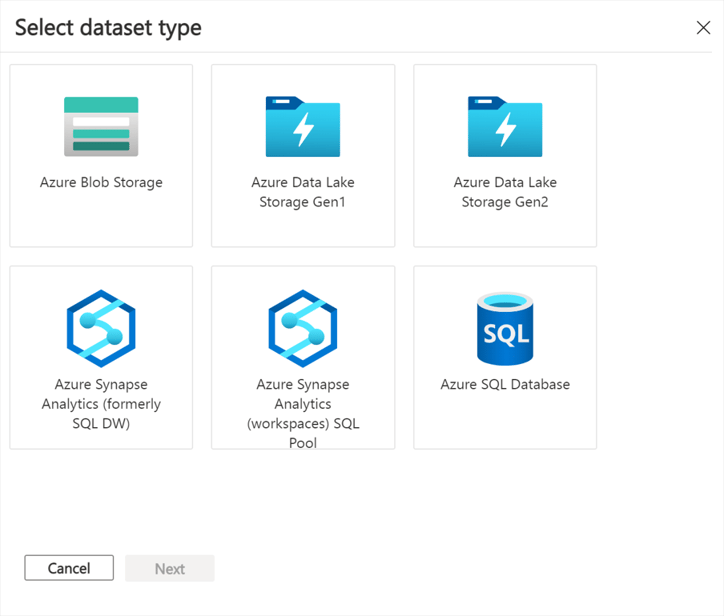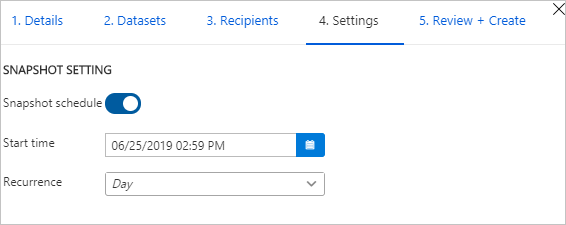More about Azure File Storage
- Azure Data Share: The Basics and a Quick Tutorial
- Azure Stack Hub: How It Works, Pricing, and Capacity Planning
- Azure Data Protection: Getting it Right
- Azure Storage Replication Explained: LRS, ZRS, GRS, RA-GRS
- Azure Database Pricing: SQL Database, MySQL, CosmosDB, and More
- Azure Storage Limits at a Glance
- The Complete Guide to Cloud Transformation
- Azure Backup Service: 8 Ways to Backup with Azure
- Azure Data Catalog: Understanding Concepts and Use Cases
- Azure Table Storage: Cloud NoSQL for Dummies
- Address Persistent Storage Woes in Azure Kubernetes Service
- Azure NetApp Files: Performance So Good You’ll Think You’re On Premises
- The Ultimate Azure File Storage Cost and Performance Optimization Checklist
- Azure Keeps Banking Customer Data Secure
- Why Should You Migrate Databases to Azure?
- Out-of-This-World Kubernetes Performance on Azure with Azure NetApp Files
- Myth Busting: Cloud vs. On Premises - Which is Faster?
- A Reference Architecture for Deploying Oracle Databases in the Cloud
- Meet Cloud Sync, the Muscle Behind Cloud Migration
- Azure NetApp Files Enables Elite Enterprise Apps
- Azure NetApp Files Enables an Elite Class of Enterprise Azure Applications: Part One
- Building and Running SaaS Applications with NetApp
- Azure Storage: Behind the Scenes
Subscribe to our blog
Thanks for subscribing to the blog.
June 16, 2023
Topics: Cloud Volumes ONTAP AzureElementary8 minute read
What Is Azure Data Share?
Azure Data Share is a service provided by Microsoft Azure that allows users to securely and easily share data with other organizations or individuals, such as partners, vendors, or customers. With Azure Data Share, users can share data from a variety of Azure data sources, including Azure Blob storage, Azure Data Lake Storage, and Azure SQL Database.
The service enables users to create one or multiple shares, specify which data to share, and define the level of access to be granted to the recipient. Share recipients can be granted one-time access or ongoing access with scheduled data updates.
Azure Data Share also provides advanced features such as monitoring and auditing, ensuring that users can keep track of who is accessing their data and when.
This is part of a series of articles about Azure Storage.
In this article:
- Azure Data Share Concepts
- How the Azure Data Share Service Works
- Tutorial: Share Data Using Azure Data Share
- Azure Data Share with Cloud Volumes ONTAP
Azure Data Share Concepts
Here are the main concepts in the Azure Data Share architecture.
Data Providers
The data provider is the organization or individual who owns the data that they want to share with others. The data provider can choose which data to share and who to share it with, as well as set up the sharing rules and permissions for the data. Data providers might share different types of data, including raw or preprocessed time-series or point-of-sales data.
Data Consumers
The data consumer is the organization or individual who receives the shared data from the data provider. Data consumers can be given read and write access to the data for one-time or ongoing use, and they can access the data using their own Azure account or a guest account provided by the data provider.
Snapshots
A snapshot is a point-in-time view of the shared data that is created by the data provider. Snapshots are read-only copies of the data that are shared with data consumers, and they can be used to create a consistent view of the data at a specific point in time. Data providers can create snapshots on a schedule or manually, and they can choose which data to include in the snapshot.
Invitations
An invitation is a message sent from the data provider to the data consumer, enabling them to access shared data. Invitations can be sent through email or by generating a URL link that the data provider can share directly with the data consumer. The invitation includes information about the data that will be shared, the level of access granted to the data consumer, and any specific sharing rules or requirements that the data provider has set up.
Share Subscriptions
A share subscription is the connection between the data provider and data consumer that enables data sharing. When a data consumer accepts an invitation to share data, they create a share subscription that links them to the data provider. The share subscription specifies the data that the data consumer has access to, the permissions that have been granted, and the schedule for data updates if ongoing access has been granted.
How the Azure Data Share Service Works
Azure Data Share enables two main types of data sharing.
Snapshot Data Sharing
Snapshot-based data sharing is a data sharing approach that uses point-in-time copies of data, called snapshots, to share data between organizations or individuals. In this approach, a data provider creates one or more snapshots of their data and shares them with data consumers. The data consumers can use the snapshot to access a consistent and reproducible view of the data at a specific point in time.
Snapshot-based data sharing can be used to share a variety of data types, including structured and unstructured data. It is particularly useful for sharing large datasets that may be difficult or expensive to transfer over a network. By creating snapshots, data providers can reduce the amount of data that needs to be transferred and ensure that the data remains consistent and accurate.
One of the main benefits of snapshot-based data sharing is that it provides a secure and auditable way to share data. Data providers can control who has access to the shared data and how it is used, and they can monitor and audit the use of the shared data to ensure that it is being used appropriately.
In-Place Data Sharing
In-place data sharing allows organizations to share data without creating additional copies of the data. Instead, data providers grant data consumers access to their existing data resources, such as a file share or a database. This approach can be more efficient than snapshot-based data sharing since it does not require the creation and transfer of additional copies of the data.
However, in-place data sharing requires careful management of access permissions, such as read and query permissions, to ensure that data consumers can access only the data they need and do not inadvertently modify or delete data.
Tutorial: Share Data Using Azure Data Share
Before you can start sharing data with Azure Data Share you’ll need an Azure subscription and the Azure email addresses of all recipients - an email alias will not be sufficient. If your source data store is under another Azure subscription, you’ll need to register the resource provider “Microsoft.DataShare” in the relevant subscription.
Creating an account
To create an Azure Data Share account:
- Go to the menu at the upper-left of the Azure portal and select the Create a resource button.
- Click on the Data Share option and then Create.
- Enter the details of the Data Share resource, specifying your chosen subscription, resource group (this can be an existing Azure Data Share resource group, or you can create a new one), the region, and the account name.
- Click on Review + create and then select Create to build the Data Share account. It shouldn’t take more than a couple of minutes for the account to be created.
- Once the deployment has completed, click on Go to resource.
Creating a share
- Go to the Data Share Overview and select the Start sharing option.

Image Source: Azure
- Click on Create.
- Enter the details for the share, specifying the share type, name, and description of its content. You can also add terms of use.

Image Source: Azure
- Click on Continue.
- You can start adding datasets to the share by clicking on Add Datasets.
- Choose the type of dataset you want to add - there should be different lists of dataset types according to your chosen share type (i.e., snapshot vs. in-place). If you want to share from Azure SQL Database or Synapse Analytics, you will need to pass an authentication process to list the tables. You should choose the Azure AD authentication and tick the checkbox next to the option: Allow data share to run the above “create user” script on my behalf.

Image Source: Azure
- Go to the object you want to share and choose Add Datasets.
- Enter the data consumer’s email address under the Recipients tab by choosing Add Recipient.
- Click on Continue.
- If you choose the snapshot share type, you can configure a snapshot schedule that provides updates of the data to the specified data consumer.

Image Source: Azure
- Choose the start time and specify the interval of recurrence.
- Click on Continue.
- You can view the package contents, recipients, settings, and synchronization settings under Review + Create.
Azure Data Share with Cloud Volumes ONTAP
NetApp Cloud Volumes ONTAP, the leading enterprise-grade storage management solution, delivers secure, proven storage management services on AWS, Azure and Google Cloud. Cloud Volumes ONTAP capacity can scale into the petabytes, and it supports various use cases such as file services, databases, DevOps or any other enterprise workload, with a strong set of features including high availability, data protection, storage efficiencies, Kubernetes integration, and more.
In particular, Cloud Volumes ONTAP provides centralized file storage management and file sharing, serving NAS, including NFS, SMB / CIFS as well as iSCSI and S3, and multiprotocol access.
Cloud Volumes Edge Cache can be used for caching data at the edge of the network, reducing access latencies and enabling collaboration among distributed users accessing the same data from remote locations. Central data locking makes sure collaboration happens in real time, preventing multiple users from making changes separately so data stays consistent.
Learn more about how Cloud Volumes ONTAP helps to address the challenges of data sharing in these Cloud Volumes ONTAP Customer Case Studies.

